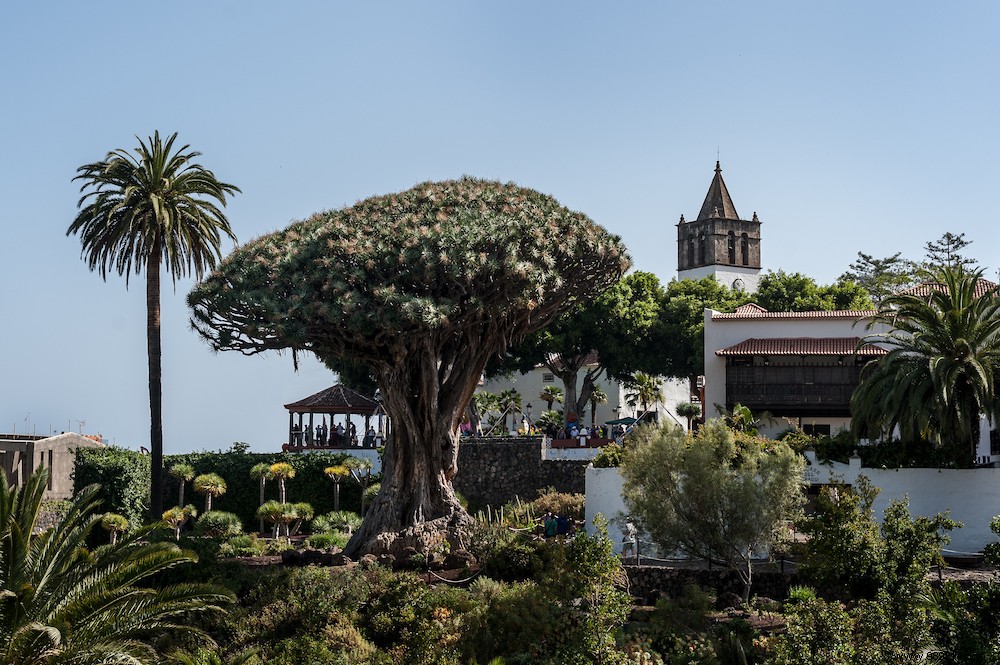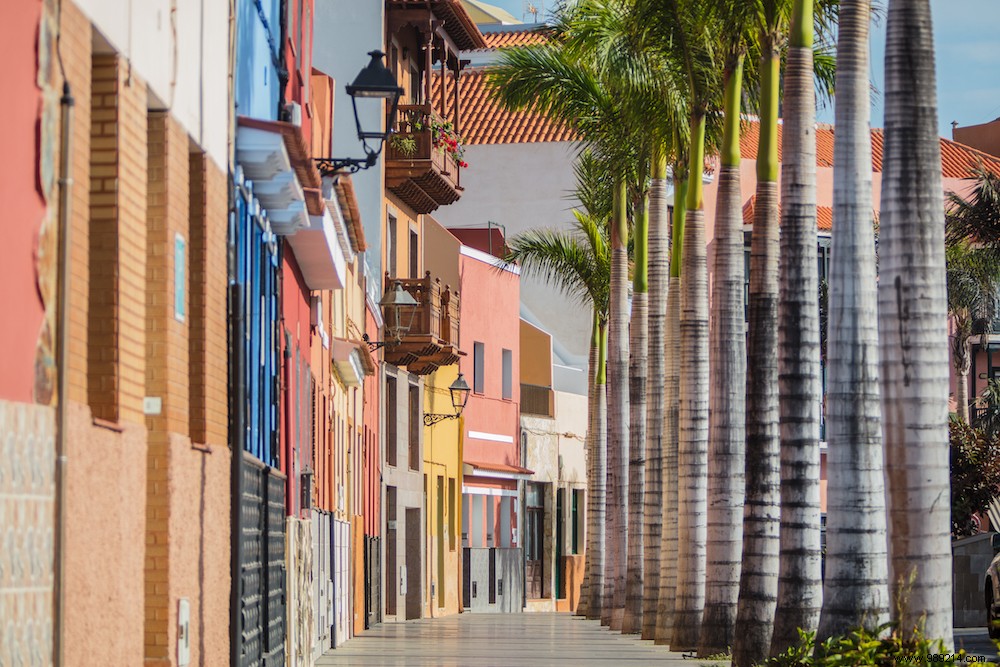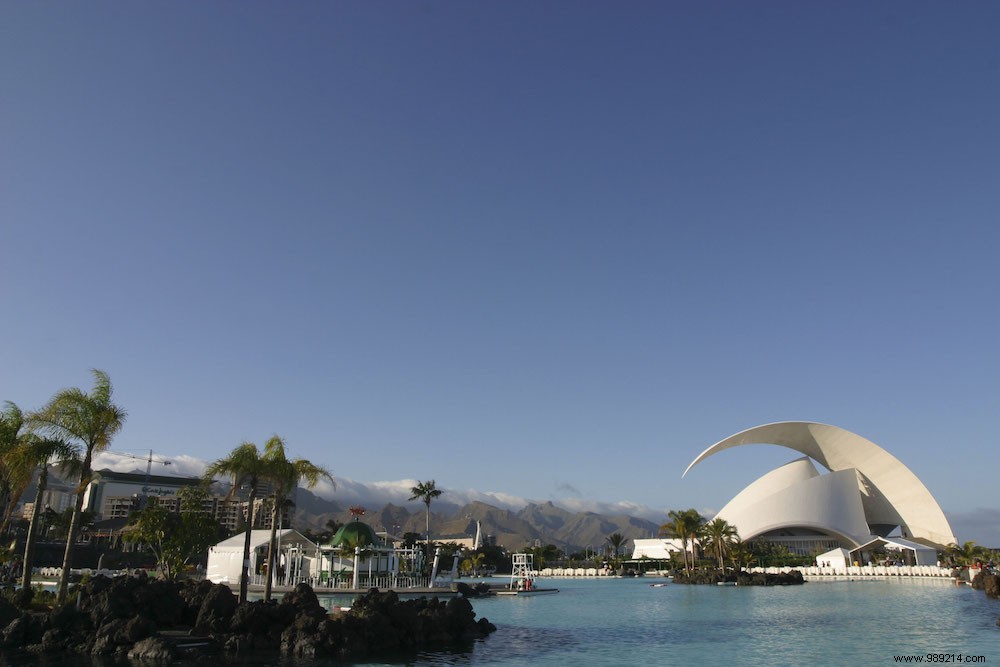Tenerife proves that 'sun, sea, beach' goes well with history. After a day of lazing around, there is nothing better than exploring the area and sniffing some culture. The north of Tenerife has plenty of interesting places to delve into history. We recommend 4 historic places where you can stroll through the old streets, looking for the best stories.

The town was founded in the 16th century and was one of the first towns in Tenerife. Bananas and grapes, among other things, were grown in the surrounding valleys, which ensured that the economy flourished. As the town's name suggests, the town produces its own wines that are renowned throughout Tenerife for their rich flavour. You can taste them in one of the bodegas. Walking through the historic center of Icod de Los Vinos, you will feel like you have stepped back in time. As you stroll through the cobbled streets and small squares and fountains, you will discover that the historic center has been well preserved. The artistic and historical heritage of Icod de Los Vinos is highly valued by visitors. One of the highlights that visitors to the town should not miss is 'Dracaena Drage', the dragon's blood tree that became a National Monument in 1917. The story goes that the tree is more than 3000 years old, although recent estimates put it at 800 to 1000 years.

Puerto de la Cruz has a lot to offer, in the town you can take long walks along the coast and the possibilities for shopping or eating are endless. The beautiful old city center was declared a historical heritage in 1985 and contains more than 140 listed buildings. From the central square Plaza del Charco you can start your discovery tour along the buildings Casa de la Aduana or Casa Miranda. Also visit the former sailors' quarters of La Ranilla. In this district you will find the former houses of fishermen and their families. Besides the history, the district is known for art, picturesque architecture and the wide choice of restaurants and shops.

San Cristóbal de La Laguna is a vibrant student city with the oldest university in the Canary Islands. The center is car-free, so you can stroll around undisturbed along the shops, cafes and buskers. La Laguna is a World Heritage Site as the first non-fortified Spanish colonial city. Its urban design has served as a model for many colonial cities in America (Havana, Lima, Cartagena, etc.). Almost the entire street plan from the 15th century has remained intact and you can see the most beautiful buildings in almost every street. Be sure to walk past the old Casa de los Capitanes (Captain's House, incl. courtyard), where the tourist office is also located. The Historical and Anthropological Museum 'The Lercaro House' is also worth a visit.

Founded in 1494 as a small fishing port, Santa Cruz is now the bustling capital of Tenerife. It is a modern city, but fortunately it has not lost its historic charm. In addition to the many shops and restaurants, the old center is bursting with characteristic buildings. The church Iglesia de la Concepción, for example, is one of the architectural remains of historic Santa Cruz. The 18th-century tower is a recognizable symbol. For those interested in the ancient inhabitants of the island, a visit to MUNA, the Nature and Archaeological Museum, is an activity not to be missed. Here you will discover more about the natural wealth of the Canary Islands and the Guanches, the indigenous people who lived here before the arrival of European conquerors. Also go to the round castle of San Juan Bautista (Castillo Negro). The battle of 1797 is still reenacted here on 25 July every year. British Admiral Nelson then unsuccessfully tried to capture the island. A nice end to a day in Santa Cruz is a performance or concert in Teatro Guimerá, the oldest theater in the Canary Islands.